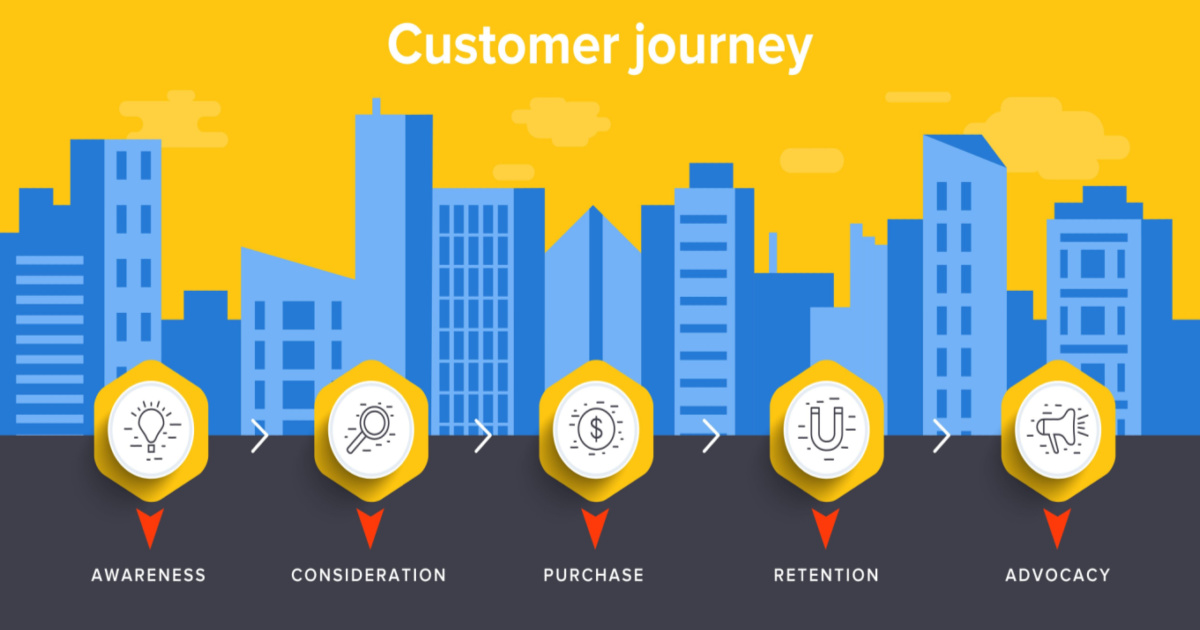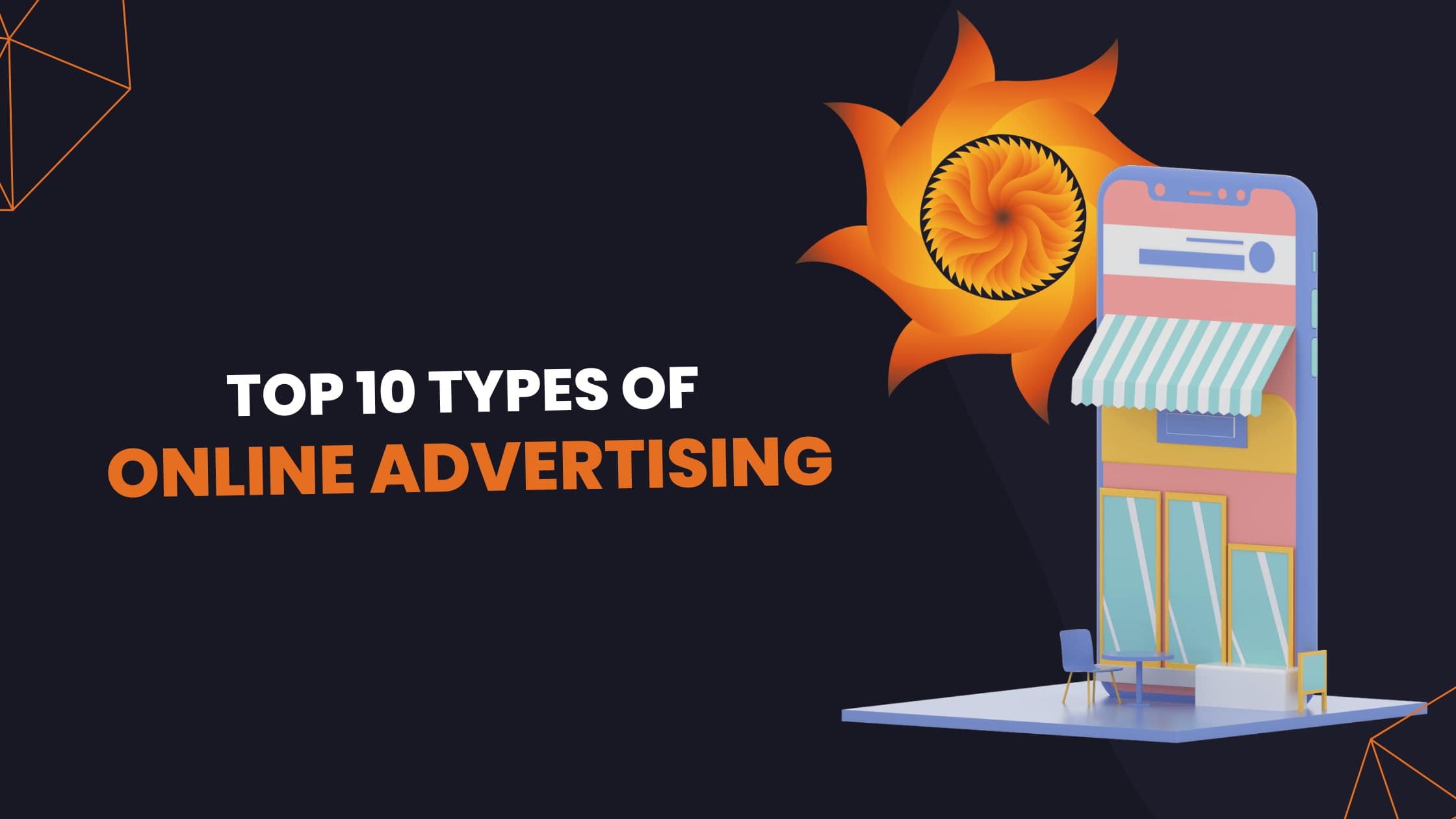You already know that no matter what you do, all your website visitors will not become your customers. Perhaps they’re just browsing your site or disinterested in your product or service for some reason. Or, there may be something about your website that obstructs the visitors from taking the next steps and converting them into clients.
No matter the cause of their hesitation, your goal should be to figure out how to nudge those visitors to take the given call to action.
And that’s where conversion rate optimization (CRO) comes into the picture.
It is a great way to boost sales and profitability. However, you’re wasting your efforts if you’re not following the conversion rate optimization best practices.
This article discusses the top conversion rate optimization strategies that can make a substantial difference in your bottom line.
Top Conversion Rate Optimization Strategies
Here are 10 Conversion Rate Optimization best practices tips to help increase your website’s conversion rate:
1. Implement A/B testing
A/B testing is a fantastic way to fine-tune your website and make sure it’s converting traffic efficiently. One of the best things about A/B testing is that it’s simple to implement. If you want to enhance your conversion rate, testing everything is essential. A/B testing allows you to pick a new design, tweak a paragraph here and there, or even change the colors on your site and figure out what works best for a specific goal.
2. Create a sense of urgency
One of the most important things for customers is to feel that they are making the right call. Creating a situation of urgency is one of the Conversion Rate Optimization best practices that pushes users psychologically in making valuable decisions. It would be best if you convince your visitors to take action for higher conversion rates. Your site should send the message that they have a limited time to complete their purchases.
In addition, it is imperative to keep your visitors informed at every step of the checkout process. By increasing the perceived urgency of your offers only, you get a chance to record higher conversion rates. It includes everything from investing in a phone call script and giving potential customers time to purchase to creating an email sequence to follow up with them because they didn’t take action.
3. Improve your sign-up flow
If a visitor doesn’t understand how to navigate through your website, it becomes hard to follow the given call to action. That’s why creating an easy sign-up flow is crucial for them. Otherwise, they’ll give up and move on to another site.
Start by testing different versions of the sign-up form and margins. Then, explore design variations and ensure visitors can complete the transaction quickly, efficiently, and intuitively. One thing that often improves conversion is taking the opportunity right away to set up a new account or get basic information like email and password, often called a “sign-up flow” or “wizard”.
4. Time your A/B tests for maximum conversion
When trying to improve your sign-up flow, it’s vital that you use a site that has the same traffic patterns. You might want to run two sets of tests and compare the results. The bottom line is that you need enough traffic to make a difference but not so much that you mask fundamental shifts in the conversion rates.
You’ll want to test when they’re coming back to your site and when they’ve already returned once or twice.
5. Reduce the amount of content
Content is king! It’s the number one way that can help improve customer behavior, whether you’re trying to increase conversions or drive more traffic to your site. So under the conversion rate optimization best practices, the first thing we recommend is to get rid of any non-essential content. The second thing is to focus on high-quality, relevant content that informs your visitors about what they need and want from you (and vice versa).
6. Convert leads into marketing-qualified leads
If a user has reached out to you about your service and you know they are not ready to purchase, you need to convert him from an ordinary lead to a marketing-qualified lead (MQL). An MQL is an individual who has demonstrated interest in the services or products of your business. It’s important to note that an MQL will not be a lead until they have provided accurate information that is useful for contacting or conversion.
7. Create text-based CTAs within blogs
Create a text-based CTA within blog posts. By this, we mean creating a call to action or link only visible within the specific blog post. It may be a lot to think about, but there are endless possibilities of ways you can use this technique. In addition, because you’re only going to be utilizing the text for a single blog post, it can spruce up your entire content strategy.
But while adding a CTA within a blog, make sure it merges with the story in a subtle way. A successful CTA works with a background story that leads users to click the button.
8. Build workflows
Every business is different, and the workflows will be too. However, there are certain things that can help you improve your conversion rates. You can start by building workflows to automate portions of the site so that if certain pages aren’t working correctly, you can get them back up and running quickly.
Workflows are a great way to streamline specific processes and tasks so that they become easier to complete. For example, if you use a database, having the ability to search allows your team to find any information or documents that they need conveniently.
9. Leverage AI for better marketing
You can use artificial intelligence (AI) for many different things on your website or business application. For example, artificial intelligence is widespread for customer marketing and lead scoring. In the past, companies would send emails to every email address they had on file. But it resulted in many of those people not being contacted by the company.
With AI, you can now determine who your current customers are and whether their email addresses are valid. It also helps track the actions taken by recipients and creates a more customized experience for each customer.
10. Increase social media actions
Social media actions are among conversion rate optimization best practices that quickly increase user engagement and, in turn, increase your conversion rates. These include things like “tweet this page,” “visit this page on Facebook,” or anything of the sort.
Businesses often have a higher chance of engaging with users if there is a call to action directed toward them. It usually lacks enough attention, but it can be one of the top changes that improve your conversion rate.
The key to working with social media is to focus on creating “shareable” content. To make this happen, you must increase the number of actions (sharing, liking, commenting) that users can do on your social media pages.
Conclusion
Visitors will spend a maximum of 10 seconds on your page before they decide to stay or leave – that’s about the time it takes to scan the page and determine whether your product interests them. Therefore, you need to make sure that you highlight what your site visitor needs as quickly as possible. And this is where optimizing your conversion rate strategies becomes important.
Diving into the field of conversion rate optimization may seem daunting at first, but what’s important is that you just get started. Then, once you’re moving in the right direction, you can figure out how to optimize your website for conversions and what techniques work best for your organization.
It all starts with researching and testing as many aspects of your website as possible. There’s always so much out there that you may not know about or haven’t even seen. Let us help you apply the best conversion rate optimization processes to your website and get you more clients.










0 Comments